If asked about the most important room in your house, I imagine that spaces where you cook, relax and socialise would be among the most popular. But if I were to ask you about your hallway or corridors, they probably wouldn’t feature highly in terms of importance. After all, the long and narrow shape doesn't really lend itself to spending great amounts of time in – rather it offers a space to transition from one room to the next. Walls adorned with family photographs and a mirror is usually as exciting as a corridor gets.
However, while the humble corridor might not be overly fascinating these days, the history behind it is far from mundane.
When it came to innovation in domestic architecture, a grand palace or country house was normally at the forefront of the day's trends and those commissioning this type of new home wanted the very height of fashion. Prior to corridors, such properties were organised into suites of interconnected rooms to form an apartment. To get to one room you often had to go through another – sometimes multiple rooms would have to be crossed to get to the destination. And in a hierarchical society, how far you got depended very much on your rank – only the very important made it into the final room.
But as society shifted from one in which solitude was rare to an increasing desire for privacy, domestic architecture changed to suit these new ways of living. While Sir John Vanbrugh's 1705 design for Blenheim Palace is considered to be one of the first to contain a corridor – much to the bemusement of the then Duchess of Marlborough – its history can be traced back a further 100 years. In 1597 one of Britain's first recorded architects, John Thorpe, introduced a corridor at Beaufort House in Chelsea in order to ease the flow of traffic. Separate spaces were now each accessed through a separate door.
Featured here is another of John Thorpe's designs, which has just come to market with Savills. Dating from 1612, Charlton Court was designed for Sir Edward Filmer, the High Sherriff of Kent. The house, although never fully completed, remained in the Filmer family until the First World War.
The gallery below is a celebration of John Thorpe's work – and his largely underappreciated contribution to the design of our homes,
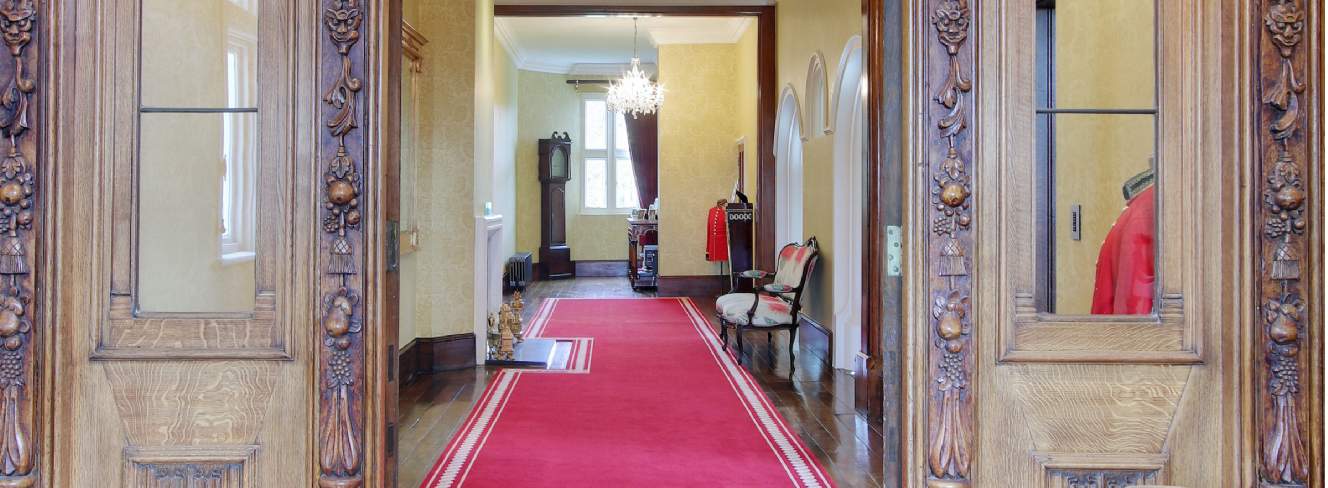
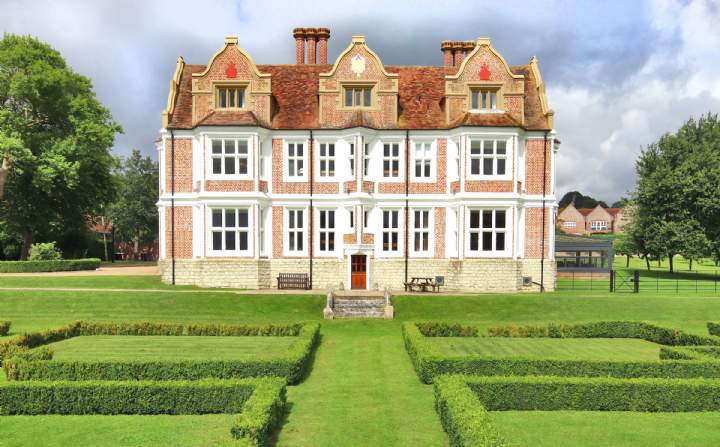
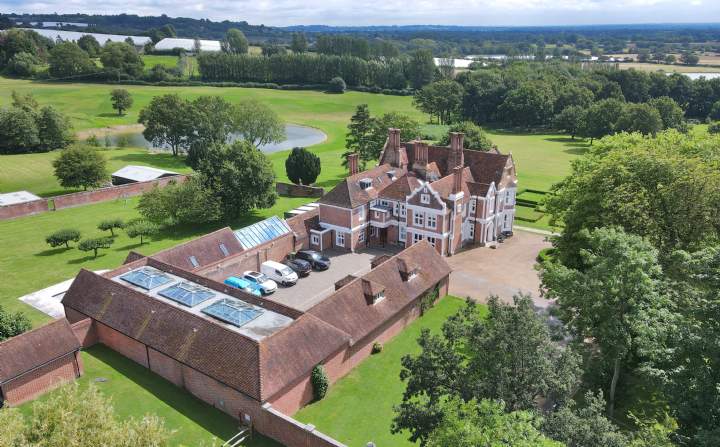
.jpg)
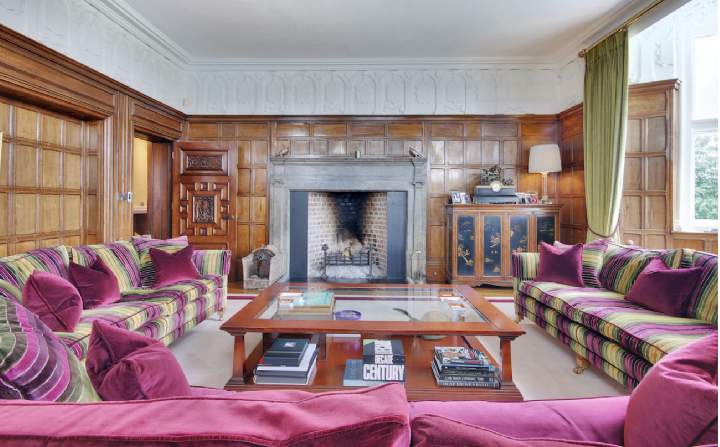
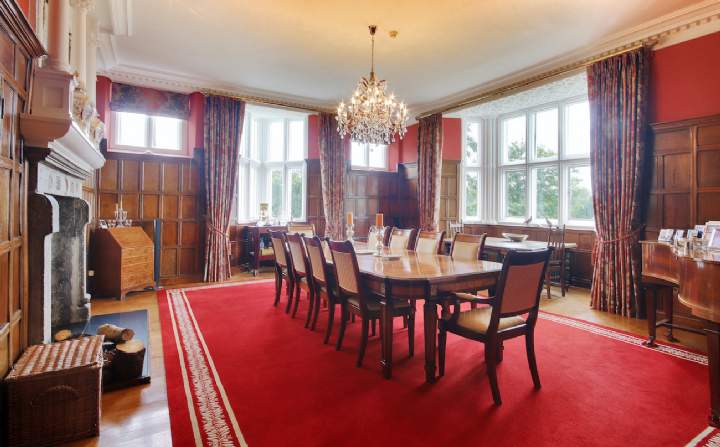
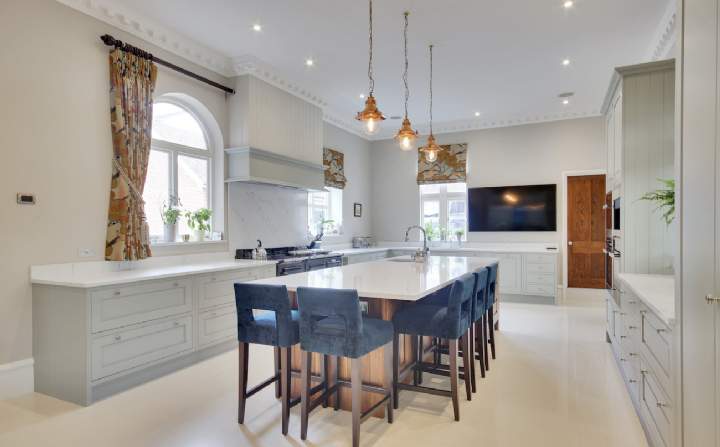
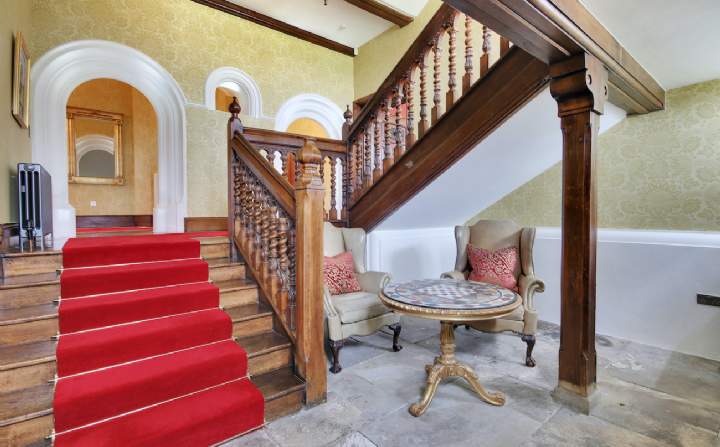
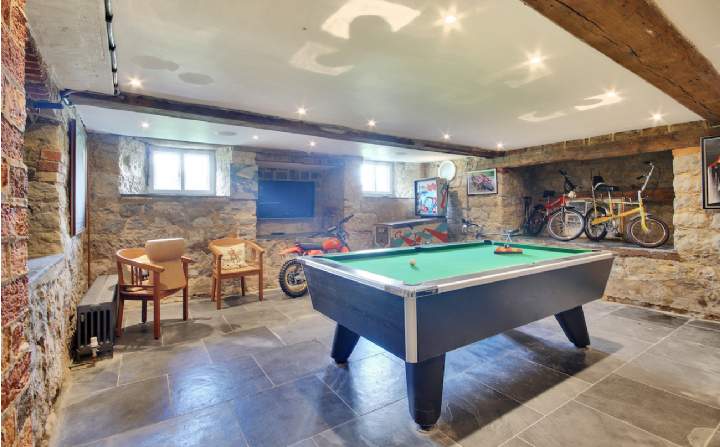
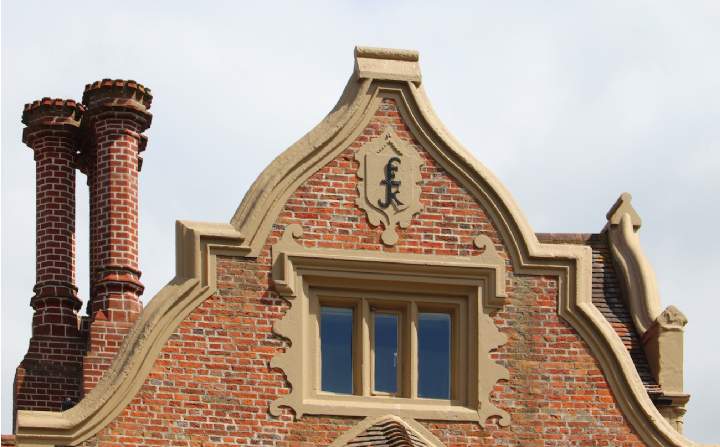
.jpg)
.jpg)
.jpg)
.jpg)
.jpg)
.jpg)
.jpg)
.jpg)
.jpg)
.png)